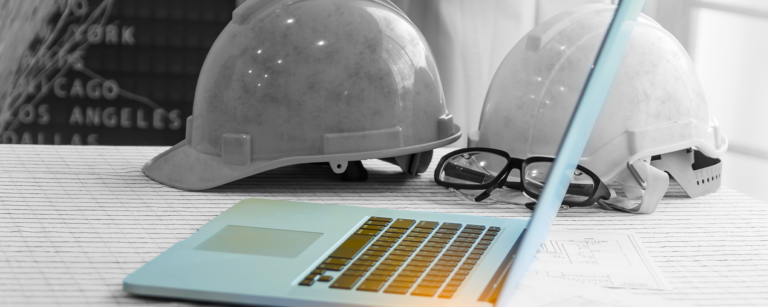What to Look for When Buying Building Commissioning Software
January 14, 2021
From corporate and academic campuses to public works structures, all projects contain functions meant to support the project’s purpose and operation. These include systems that promote people’s safety and comfort, maintain continuous utilities services, optimize energy efficiencies and ensure compliance with building codes. Evaluating the accuracy, efficiency and quality of these and dozens of other functions to ensure they meet an owner’s project requirements is what building commissioning is all about. As a blend of planning, documentation, quality control and risk management best practices that work to guarantee all systems are installed and functioning as they should be, overseeing this process is a tall order.
If you’re still using paper-based systems or computer spreadsheets to get the job done, you know they tend to be fraught with challenges. There are the seemingly countless hours entering and verifying data submitted by the field, introducing possible keystroke errors. Or perhaps determining the latest spreadsheet version from among those circulating in inboxes or on someone’s desktop. And don’t forget managing often tedious processes related to creating and distributing multiple progress and inspection reports to all interested and invested parties.
This is why the most effective way to manage all of this now — particularly for those larger, more involved projects your company builds — is with today’s best and most collaborative building commissioning software.
What to look for in building commissioning software
Though software created specifically to manage the commissioning process has been around for a few years, today’s offerings have come a long way since these legacy systems were introduced. What are the features you should look for?
- Cloud-based technology. This will allow you to upload and access documents and data anytime from the back office, remote locations and the job site itself. But the advantages of cloud tech don’t stop there. You can collect and centralize communication that then becomes part of your ongoing commissioning documentation, manage and control facility systems remotely, gain visibility into operational metrics to help with decision-making to improve efficiency trends and store immense amounts of data.
- Online form builders. These enable you to convert processes normally done manually or in hard copy to more convenient electronic formats. No more remembering what data to record for which type of equipment. No more frustration trying to decipher handwritten information or wasted time transferring values from one spreadsheet to another. Templatizing the workflow produces a timelier capture of data for equipment testing, inspections, and health, safety and environmental compliance.
- Mobile app options. These give craftspeople in the field access to enter information using job site tablets or their own smartphones, all in real time. And all the normally impractical administrative work — collecting and transferring job data — can be entered digitally by site workers, eliminating possible transcription mistakes that could throw off progress report accuracy. These apps are particularly helpful during equipment safety inspections and testing of building systems for quality control.
- A single platform. This will be where you can house and edit all data required for commissioning, overcoming previous limitations surrounding information being strewn across several systems that may not integrate or “talk” to each other. With commissioning being such a documentation-heavy process, this can cut down dramatically on the time normally spent hunting down information. Not only that, it also reduces risk of critical errors resulting from manually reentering the same data in multiple places.
Though the right building commissioning software helps reassure you and your stakeholders that all systems really are “go” when construction comes to a close, it’s even more likely to happen if you use the software starting in the pre-build phase. Why so early? Because doing so allows you to take a more proactive approach to building performance. You will need to know for certain all systems and equipment — electrical, telecom, mechanical, security, etc. — are functioning as intended, from installation to handover and beyond. Having the chance to make adjustments in advance of breaking ground can help head off any reverse-engineering that could lead to late-stage change orders, not to mention time-consuming rework that can cut deeply into your revenue.
Having a proactive eye toward post-construction efficiency of these systems not only means a happier client, but it can help guarantee future work for your company. And that’s a benefit of building commissioning software that you and your project owner can both appreciate.
Want to start enjoying these project benefits? Explore InEight’s Safety, Quality and Commissioning software. It can help you meet your next project’s requirements through accurate data capture and digitized workflow processes for a smoother closeout and successful handover.




